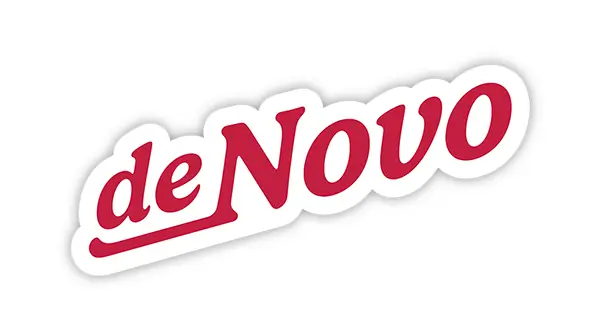Ever read or heard something that made you feel?
Happy. Angry. Inspired.
It was likely the result of good writing.
So, let’s talk about messaging.
From articulating your mission and launching a new product to spreading awareness, communication is as important as ever to get your point across.
And great copy works—making people take notice, moving emotions, and prompting action.
But in a world of tight turnarounds, generative AI, and other shortcuts, effective and compelling writing is harder to find. It’s a challenging climate filled with hackneyed, generic copy. And yet, it also presents an opportunity for businesses and organizations committed to authentic messaging to stand out.
Read on to discover how to identify your messaging needs, develop a strategy, and craft copy that goes beyond the ordinary and gives you a competitive edge.
Start With Story
We typically start with strategy, but in this case, your story drives strategy. And you should always begin with WHY. For the sake of this effort, let’s create an acronym.
Writing
Human
Yearning
The goal is to convey the human reason to feel or want something. Before you write anything, ask yourself and your team members these questions:
- Why does your business or organization exist?
- Why did this product or service materialize?
- Why do you—and your team—do what you do every day?
Your answers will (and should) vary, and that’s good. We’re all guilty of getting caught up in the minutiae of day-to-day work, and it can cause us to lose focus on why we’re here; that’s what provides the human aspect of communication.
These questions get to the heart of who you are and what makes you distinctive. This way of thinking breaks you free of benefits, features, and bulleted lists to instead discover the beauty of narrative.
Make It Human
Copywriting guru Vikki Ross has a great quote regarding AI:
“AI can’t connect with anyone because it hasn’t experienced anything.”
Our lived experience is arguably our greatest asset as humans, especially from a creative standpoint. It shapes our identity, imparts wisdom, and makes us interesting. It’s something we all possess, and you won’t get it from an AI response. Yet, how often do you draw from your lived experiences to talk about your business or organization?
Back to WHY. Those questions we just covered—and beyond—will prompt powerful insights and human emotions. The answers unveil your personality.
Lean into it, and you’ll be amazed how you instinctively begin telling better stories about who you are, how you help, and why you matter.
A Way with Words
Give life to lived experiences through the art of articulation. That sounds pretty good, but how do you do it?
One way is to identify power words and phrases. Empower your message with the strength of resonant verbs, adjectives, and nouns that are substantive, compelling, and authentic to you and your company or organization.
These words come out of research and a deep understanding of your brand, establishing tone and bringing your company, organization, or product to life in everything you say. The words help you write.
Consistent use increases recognition, creates atmosphere, and formulates the narrative that tells your story. This makes it easier to develop effective, on-brand messaging for various audiences and needs.
Know (and Speak to) Your Audience
Equipped with your WHY, the start of your story, and a human perspective, you have the foundation for great messaging. Now, it’s time to tailor it to your audience.
We use a messaging matrix to segment audiences and craft messaging that speaks to each group in a way that will connect and resonate. By organizing copy based on what matters to your audience(s), you meet them where they are. From addressing pain points and inspiring action to communicating value, a messaging matrix provides wording you can use verbatim or repurpose for everything from social media posts and marketing materials to talking points for presentations and networking opportunities.
A matrix puts your words to work, giving you a tangible way to deploy your messaging to the world.
Give It Structure
There is no one right way to go about writing. People use a variety of approaches to achieve great messaging, but we find it helpful to have a couple structures in mind to get started.
One is AIDA, short for Attention, Interest, Desire, and Action. This framework allows you to prioritize your message based on what converts. You capture attention with creativity, maintain interest with substantive details, build desire by appealing to your audience’s needs, and prompt action with a clear and direct next step.
Another method is to use traditional story arcs. For instance, think of the hero’s journey of embarking on an adventure, encountering adversity, achieving victory, and returning transformed because of the experience.
That might seem fantastical on the surface, but it’s emblematic of our human experience. Try applying it to your business, organization, or services to see how it humanizes your writing.
Your Messaging Checklist
We’re here to reclaim the spirit of great storytelling, and you can, too. By keeping the following points in mind, you can create messaging that matters—to you and your audience.
- Understand, Refine, and Own Your WHY
- Choose Your Words Wisely
- Identify Your Audience(s)
- Build Your Approach
- Humanize Your Message
Want to discover more about what makes great messaging? Listen to our podcast episode on writing, storytelling, and drafting compelling copy.
Looking for help to craft and tell your story? Connect with us to start the conversation.


